We were lucky to catch up with Dora Tomulic recently and have shared our conversation below.
Alright, Dora thanks for taking the time to share your stories and insights with us today. Did you always know you wanted to pursue a creative or artistic career? When did you first know?
I was very young when my mother first took me to a museum to see an exhibition, and I still remember the feeling—it was like stepping into another world. I was completely captivated and did not want to leave. Museums quickly became my happy place: sanctuaries full of magic, mystery, and a kind of quiet that felt far removed from everyday life. Around that same time, we lived in the same building as a working artist. He was our neighbor, and my father always spoke about him with great admiration. In our home, being an artist was not just accepted—it was respected. So, from early on, I saw art as something extraordinary, not just a passion but something I was meant to follow.
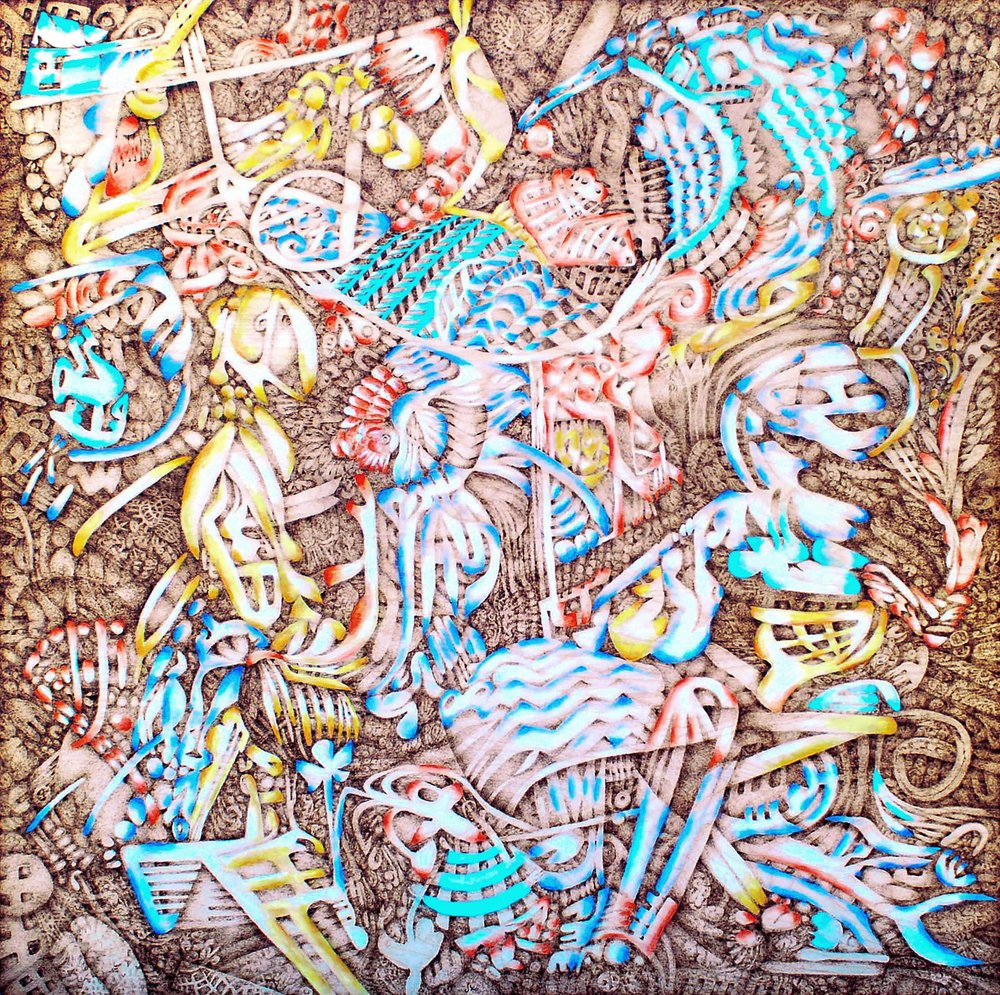
As always, we appreciate you sharing your insights and we’ve got a few more questions for you, but before we get to all of that can you take a minute to introduce yourself and give our readers some of your back background and context?
Painting has always fascinated me more than any other art form. I am drawn to its complexity, its depth, and the endless possibilities it presents. For me, painting is a lifelong pursuit. Much like science, it is a field where the learning never ends and the search for understanding is continuous. Early in my training, one of my mentors advised me to study the works of the great masters, and that became a cornerstone of my practice. I have spent years analyzing their techniques, compositions, use of color and line, and translating what I have learned into a contemporary context. I see painting as a part of an ongoing dialog among artists that spans across millennia.
From an early age, I have been passionate about art history, not just through books but also through frequent visits to museums and exhibitions. Observation and study are at the core of my practice. The artists who have influenced me most include Signorelli, Titian, Tintoretto, Rubens, Poussin, Cézanne, Odilon Redon, and Picasso. I am especially intrigued by Rubens, not only for his technical brilliance but also for his understanding of art as both an intellectual pursuit and a profession. He studied the Italian masters throughout his life, making countless copies of their works. These were never intended for sale, but rather as part of his own education. That idea has stayed with me and continues to shape my approach.
My own work moves fluidly between abstraction and figuration because I see the two as fundamentally connected. Whether I am painting a figure or an abstract form, my approach remains the same. I focus on structure, composition, form, and the distribution of tonal values. . Picasso’s working process resonates with me, particularly the summer of 1921, when he painted “Three Women at the Spring” and “Three Musicians” side by side. Though dramatically different in style, both works explore the same underlying compositional challenges. I often work in a similar way, developing multiple pieces at once. At first glance, they may appear unrelated, but for those who understand composition, color relationships, and visual tension, the connections become clear. My work revolves around a consistent set of visual problems from different angles.
Chaos and patterns of motion are fundamental to my work. I consider chaos to be a prerequisite for order rather than its antithesis. Chaotic motion gives rise to ordered structures that provide an infinite source of spatial relations. I place ambiguous figures within abstract patterns to create a mystical, kaleidoscopic space. Each of my paintings is a complex visual metaphor full of iconography derived from personal and collective symbolism.
I am proud of the rigor I bring to my work, staying rooted in tradition while continuing to push boundaries. I do not follow trends; I follow questions. My aim is to create work that resonates on multiple levels—emotionally, intellectually, and aesthetically. Every painting I make comes from a deep commitment to both the craft and art history, reinterpreted through a contemporary lens. I hope to contribute meaningfully to the ongoing visual conversation that connects artists across time.
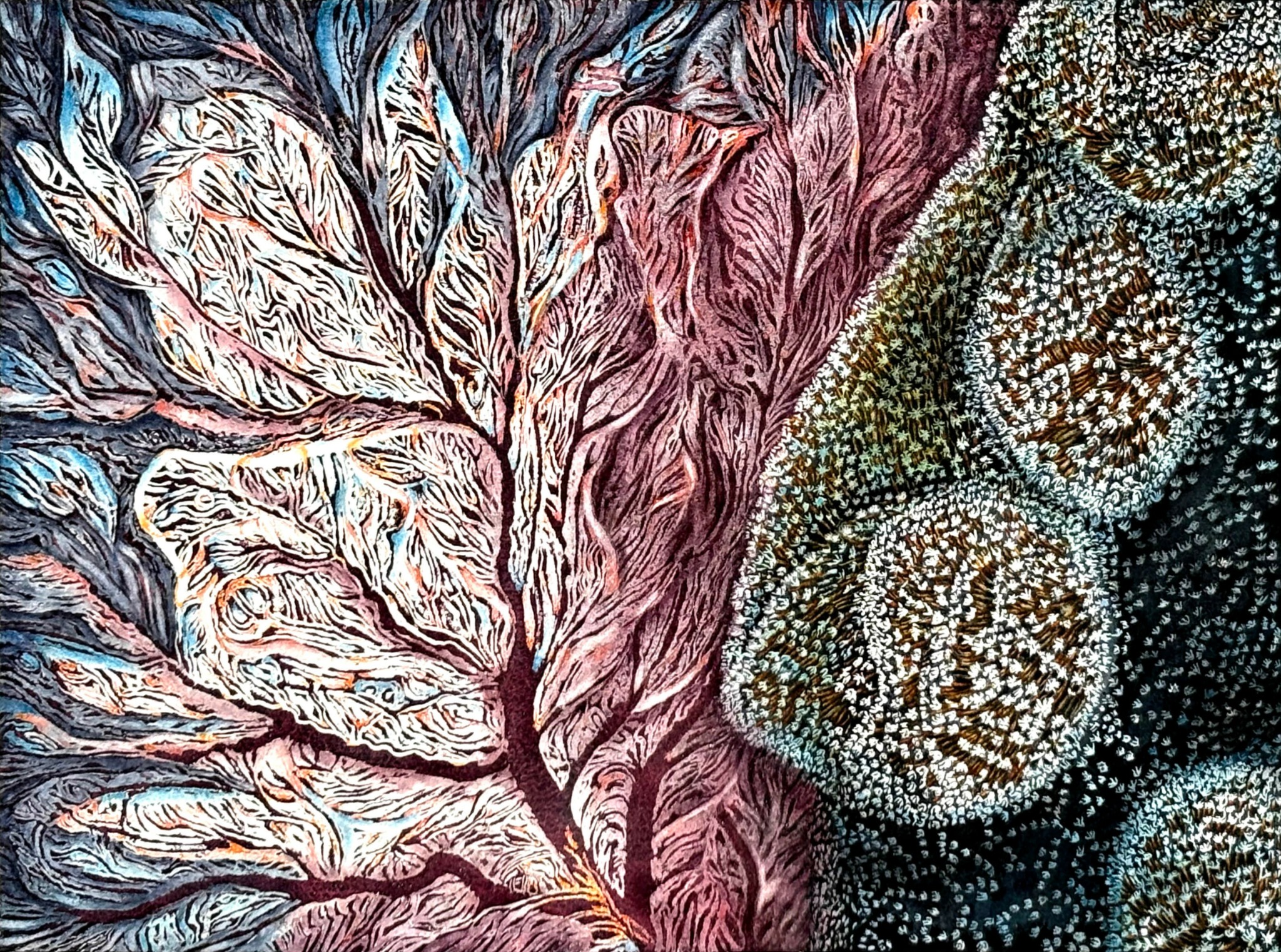
Let’s talk about resilience next – do you have a story you can share with us?
For a long time, I avoided talking about the war in Croatia, but recent images from Ukraine and Israel brought many memories back. When I was studying fine art at the University of Zagreb, the war broke out. I had been fully immersed in my studies. Then one morning, I woke up to a sky illuminated by rockets and missiles.
Initially, the university shut down, but soon the government decided that life had to carry on, and classes resumed. Each time I left home, I did not know whether I would make it safely to the Art Academy or end up seeking shelter along the way. That period brought everything into sharp focus and deepened my belief in the transformative power of art. Amid the horrors of war and the constant uncertainty, art became my lifeline. It was the one noble and enduring force that offered clarity, strength, and a sense of purpose.
The passion for art that carried me through that time has never left me. It remains at the core of who I am and continues to guide my path, no matter the circumstances.

What do you find most rewarding about being a creative?
Being an artist requires a great deal of self-discipline and inner motivation. The work can be solitary and at times even isolating, but it is never monotonous or boring. There is always something new to discover, to question, or to resolve. Early in my career, I realized that one of the most meaningful ways to stay connected to a larger community was through teaching. Sharing my passion and knowledge with students has been incredibly rewarding. I believe that the knowledge we accumulate is not just personal; it belongs to our collective humanity and cultural history. Teaching allows me to contribute to that exchange. One of the greatest joys is witnessing the growth of my students and watching them develop their own creative voices.
Contact Info:
- Website: https://doratomulic.com
- Instagram: https://www.instagram.com/doratomulic/
- Facebook: https://www.facebook.com/dora.tomulic/
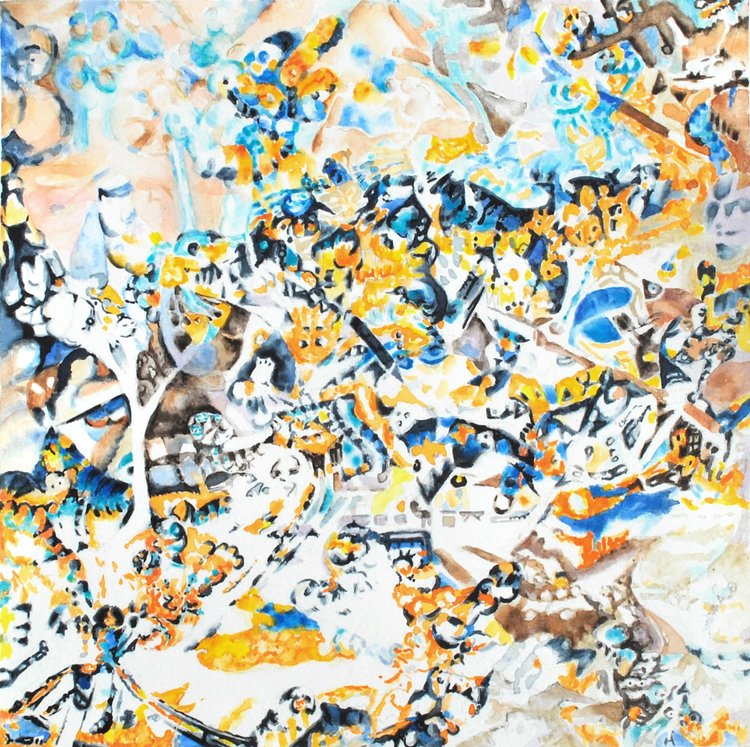

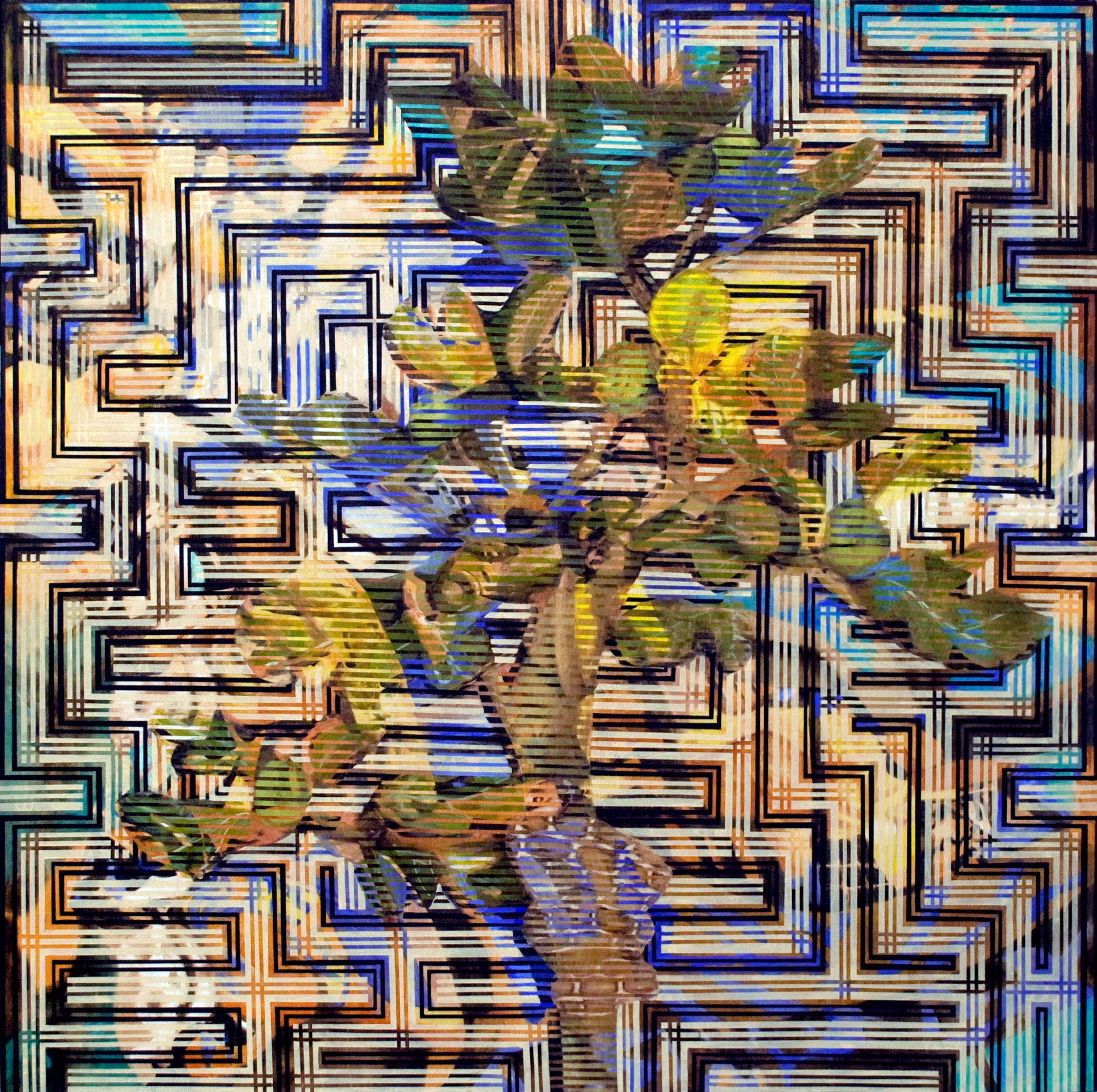

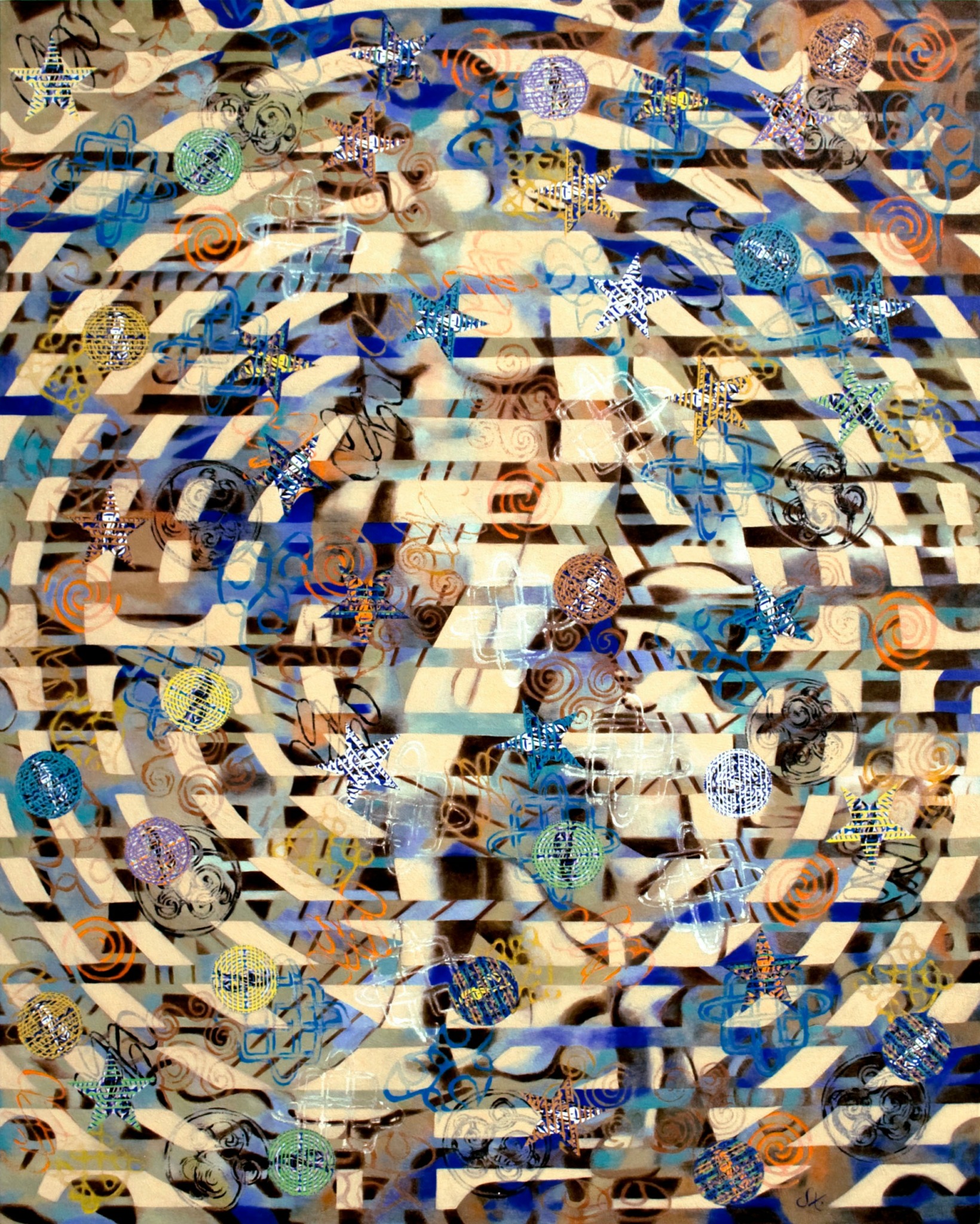

Image Credits
Personal Photo – Eniko Imre


